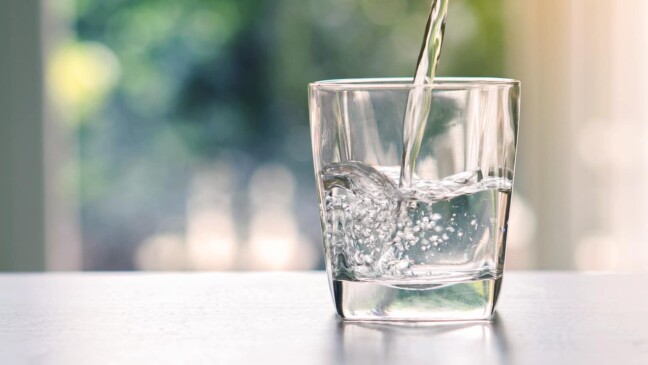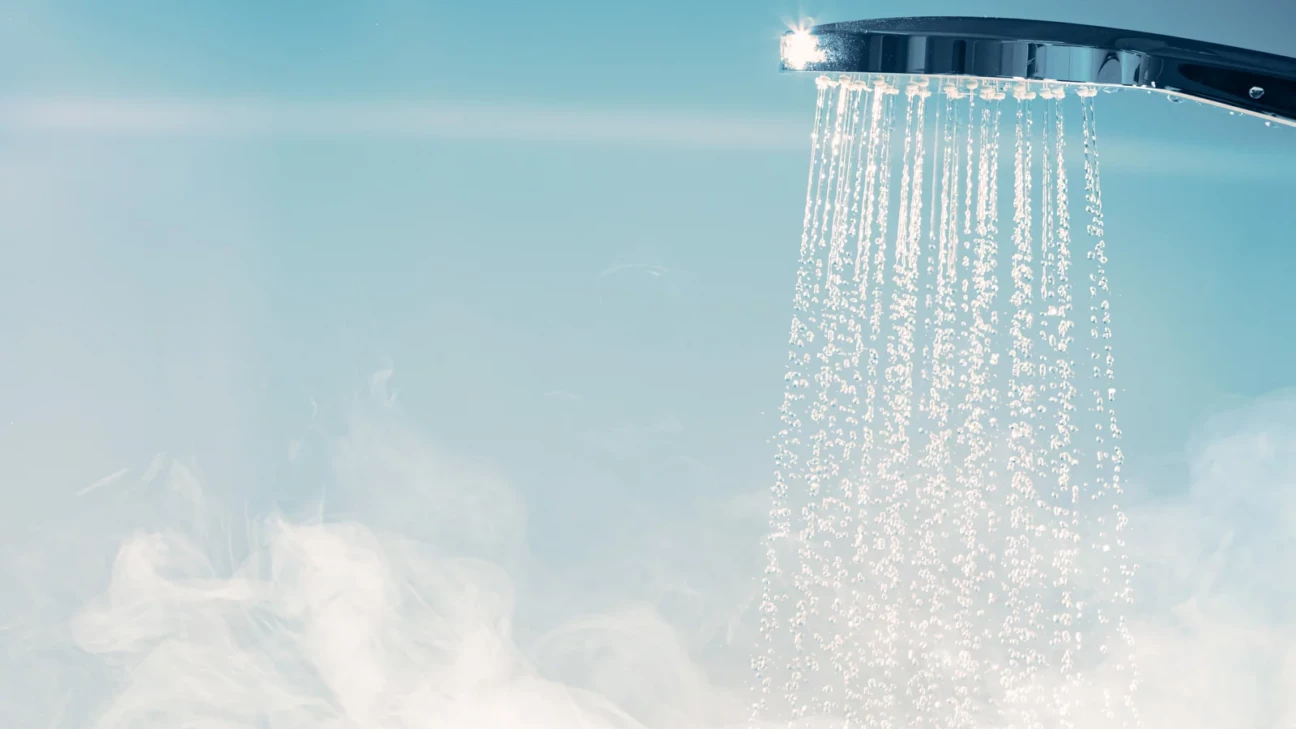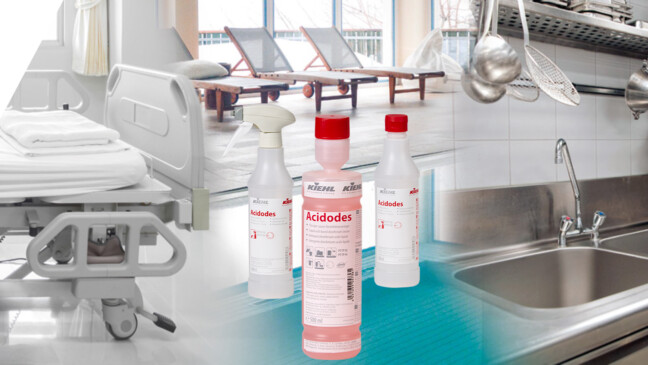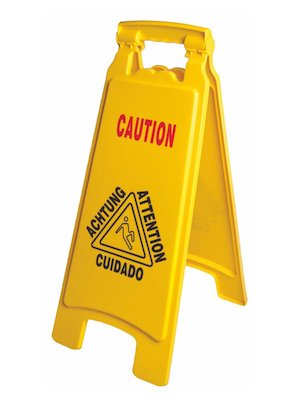
11.02.25
Legionella – Occurrence, incidence and diseases as well as technical influencing factors in buildings
Drinking and shower water in buildings are resources worth protecting. Their quality is significantly influenced by the technical condition of the drinking water installation. Installations that are not planned, built and operated in accordance with the generally recognized rules of technology pose a potential risk of disease. In the following article, we present one waterborne disease, legionellosis, and its significance in buildings.

Introduction
Legionella are bacteria that occur in natural and artificial water systems. They can pose a serious health risk in drinking water installations in buildings. In its legal framework, Switzerland distinguishes between drinking water as a foodstuff and shower water as an article of daily use. Drinking water is subject to foodstuffs legislation, while shower water is subject to the regulations for articles of daily use. This distinction determines the requirements for the monitoring and control of water installations, in particular for the prevention of legionella.
The Swiss Gas and Water Industry Association (SVGW) has created the W3/E4 guideline, a set of regulations that obliges operators of water supply systems to carry out self-monitoring. This is intended to ensure that the water quality in buildings meets the applicable hygiene requirements and that the risk of legionella proliferation is minimised as far as possible.
Occurrence and incidence of legionella
Legionella belong to the genus of gram-negative, rod-shaped bacteria and are widespread in natural bodies of water such as lakes, rivers and moist soils. In these habitats, they do not generally pose a health risk. However, it becomes problematic when they reach high concentrations in technical water systems, especially in drinking water installations.
The proliferation of legionella is favoured by various factors:
- Temperature: Ideal conditions for their growth are between 25 and 45 °C. Temperatures above 55 °C inhibit their multiplication, while they die at temperatures above 60 °C.
- Stagnation: In rarely used pipes or dead ends, the water can heat up and favour the growth of the bacteria.
- Biofilm formation: Legionella prefer to live in biofilms that form on the inside walls of pipes or in hot water storage tanks. They are able to multiply there and be released from there into the flowing or stagnant water.
- Nutrients: Organic deposits, corrosion products and other microorganisms in pipes and hot water storage tanks provide nutrients for legionella.
Diseases caused by legionella
Legionella can cause two types of disease in humans:
- Legionnaires’ disease (legionellosis): A severe form of pneumonia caused by inhaling aerosols containing legionella, for example from showers, air conditioning systems or whirlpools. It can be fatal, especially in immunocompromised people.
- Pontiac fever: A flu-like illness that is also caused by legionella, but does not cause pneumonia. The symptoms usually subside after a few days.
| Year | Number of cases | Reporting rate per 100,000 inhabitants |
| 2014 | 293 | 3.0 |
| 2024 | 580 | 6.5 |
These figures make it clear that Legionnaires’ disease continues to be a relevant problem in Switzerland. Older people with weakened immune systems are particularly affected. The seasonal accumulation of cases in the summer months also suggests a connection with environmental factors, for example in connection with the activity of recooling plants.
The continuous monitoring and reporting of legionellosis cases is crucial in order to recognise trends at an early stage and take appropriate preventive measures. The Federal Office of Public Health (FOPH) regularly publishes situation reports on Legionnaires’ disease, which contain detailed information on the epidemiological situation in Switzerland (bag.admin.ch).
Technical influencing factors in buildings
The structural and operational characteristics of a water system significantly influence the risk of legionella contamination. The most important technical factors include
Hot water systems
- Water temperature: The temperature in hot water storage tanks and circulation pipes must be kept consistently above 55 °C to prevent legionella growth.
- Size of the water heater: Oversized hot water storage tanks can lead to longer residence times of the water and thus to increased biofilm formation.
Cold water systems
- Heating of cold water: If cold water is fed through inadequately or poorly insulated pipes next to hot water or heating pipes, the water can heat up to temperatures above 25 °C, which favours the proliferation of legionella.
- Oversized pipe cross-sections with weak consumers: Leads to stagnant water and too little water exchange of the pipe contents, which provides favourable conditions for Legionella growth.
Cable routing and materials
- Dead pipes and rarely used pipes: Pipe sections that are rarely or not at all flown through provide a protected habitat for legionella.
- Choice of material: Certain plastics can promote the growth of biofilms.
Water extraction points
- Showers: Particularly risky as they produce aerosols containing legionella.
- Aerators and spray fittings: These can accumulate biofilms and microorganisms and should be cleaned or replaced regularly.
Prevention and self-monitoring according to SVGW guideline W3/E4
To minimise the risk of legionella in buildings, preventive measures and systematic self-monitoring are crucial. The SVGW guideline W3/E4 defines clear requirements for this:
- Regular temperature checks: Ensure that hot water remains above 55 °C and cold water below 25 °C.
- Avoid stagnation by ensuring even flow throughout the entire system. This is why hydraulic balancing and adjustment of the system are essential during planning and installation.
- Flushing measures: Regular use of all water outlets, especially in rarely used areas.
- Maintenance and inspection: Periodic inspection of hot water tanks, filters and shower heads.
- Microbiological tests: Regular water samples to check the Legionella concentration.
Conclusion
Legionella poses a serious health risk that must be controlled in particular by technical and organisational measures in buildings. Swiss regulations take this risk into account by distinguishing between drinking water and shower water and imposing specific requirements on operators of water systems. Self-monitoring in accordance with SVGW guideline W3/E4 is essential. It requires regular inspections, preventative measures and consistent compliance with hygiene standards. The risk of legionella proliferation in buildings can only be minimised through comprehensive monitoring and sustainable planning.
Sources
- SR 817.0 Bundesgesetz über Lebensmittel und Gebrauchsgegenstände (LMG, 2022).
- SR 817.02 Lebensmittel- und Gebrauchsgegenständeverordnung (LGV, 2024).
- SR 817.022.11 Verordnung über Trinkwasser sowie Wasser zugänglichen Bädern und Duschanlagen (TBDV, 2024).
- SVGW Richtlinie W3 Erweiterung 3, Richtlinie für Hygiene in Trinkwasserinstallationen (2020).
- SVGW Richtlinie W3 Erweiterung 4, Richtlinie für Selbstkontrolle in Gebäude- Trinkwasserinstallationen (2021).
- BAG-/BLV-Empfehlungen zu Legionellen und Legionellose, Module 1 – 21 (2018 und 2024).





Tell us what you think
Be the first to comment this post.
You must be logged in to leave a comment.